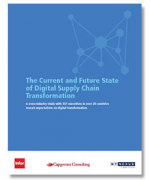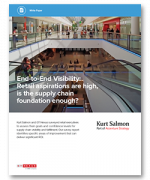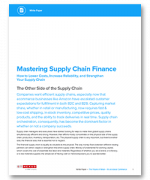US Election Business Outlook: Retail Cause for Concern around Protectionism & Tariffs
Tariffs and protectionism, like Brexit and any other manmade or natural disruption, are just another form of supply chain risk that requires technology to connect partners and deliver complete supply chain visibility.
A wave of protectionism, anti-trade and anti-globalization sentiment continues to cross the globe.
The latest example being Brexit.
In the US similar dialogs are emerging, particularly as the Presidential election nears.
Both candidates have taken stances against free trade and agreements such as TPP and NAFTA.
This is a shift from both sides of the political aisle.
The Republican Party is traditionally the flag bearer of free trade. Yet, its candidate lashes out on the unfair nature of trade deals and talks of imposing high tariffs on goods.
The Democratic candidate has historically supported free trade deals but has backed away from NAFTA and TPP.
As opposition to free trade grows, GT Nexus set out to determine the business impact on an industry that directly touches the wallets of consumers: retail.
GT Nexus and YouGov surveyed over 250 senior level retail executives across the US to gage the impact of potential tariffs and protectionism upon their business.
We also set out to determine their level of preparation and plans to handle such changes.
The key findings:

Retailers were clear that they have multiple options for dealing with trade friction.
The most prominent response? 36% plan to raise prices if protectionist measures are implemented.
Passing the cost and pain along to consumers is not their only option.
Carving out efficiencies in production and supply chain, or avoiding tariff areas are potential avenues. But 68% of retailers surveyed said they have no programs in place for supply chain agility and flexibility to address incoming trade risk.
It appears that many retailers see this challenge coming fast but lack the capability to proactively address it.
Global trade is a complex yet fragile business. As friction and risk rise in the global supply chain, it becomes even more essential to operate a flexible, fast moving supply network capable of providing visibility into goods and parties that lie in the path of danger.
With this in hand, retailers can make adjustments to sourcing and production of goods to avoid costs and risks.
Unfortunately most retailers are ill equipped to meet this challenge.
What’s Related




Favorites





